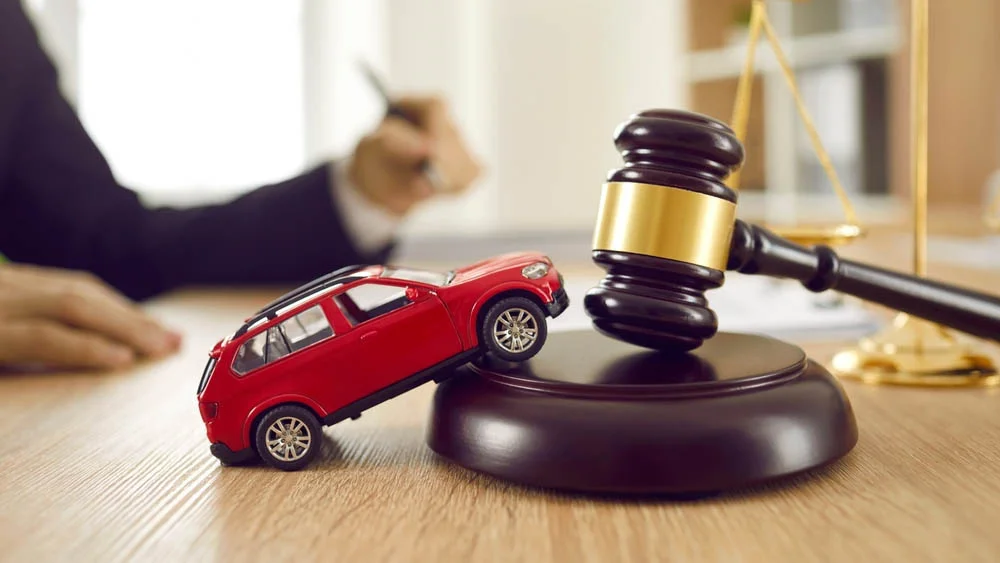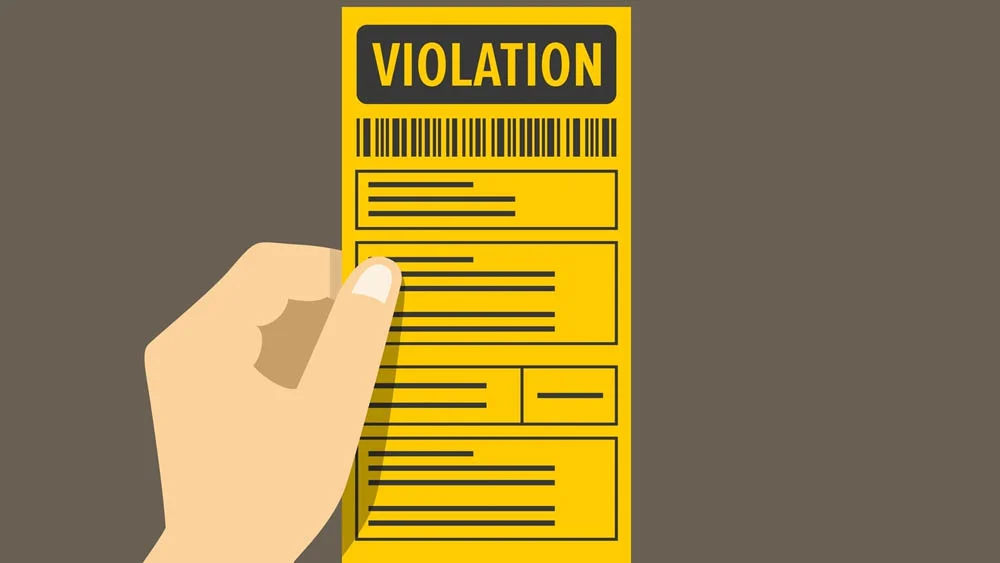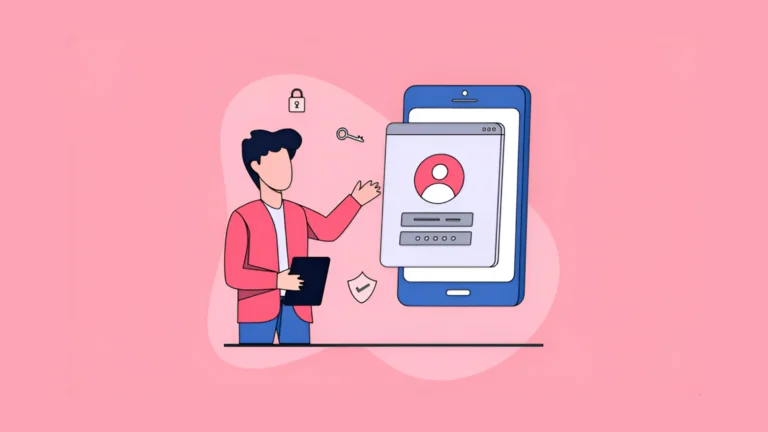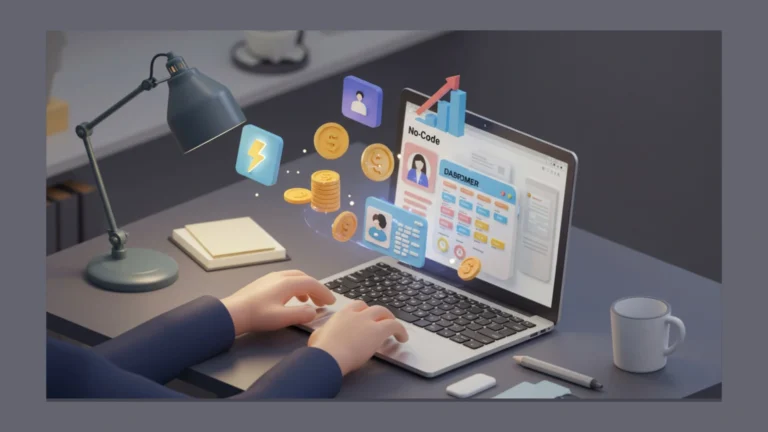Navigation apps are very popular, with the sector raking in $16.2 billion in 2022, and forecast to grow at a rate of 14.8% by 2028. Google Maps is one of the most popular – it has around 1.8 billion users per month. But as useful as these apps are, they can cause accidents. The National Highway Traffic Safety Administration estimates GPS devices and apps cause 200k accidents each year in the US, often due to the driver becoming distracted.

In 2021, 804,928 accidents were caused by distracted driving. Attorneys of Chicago, an experienced Chicago auto accident law firm, shares that many states have laws against distracted driving, prohibiting activities like texting, using handheld phones, and inputting destinations into GPS devices while operating a vehicle.
These laws are intended to reduce accidents caused by distracted driving. If a driver is involved in a car accident while using a navigation app on their phone, they could face additional charges and increased liability under distracted driving laws. The exact penalties vary by state but can include fines, points on a license, and even jail time in severe cases.
Negligence and Liability in a Car Accident
Contents
Using a navigation app while driving could be considered evidence of negligence if the driver is involved in a car accident. 5.2% of drivers in fatal accidents in 2022 were distracted by a phone, GPS device, or something else. Negligence refers to failing to act with reasonable care. Drivers are expected to focus on the road and drive safely. If using an app contributed to an accident, it suggests the driver was distracted and not exercising due care. This negligence can make the driver more liable for any injuries or damages resulting from the crash. The person injured in a car accident could use the navigation app usage to help prove the driver’s negligence during any civil lawsuit seeking compensation.
Comparative Negligence in Car Accident Cases
Most states follow comparative negligence rules, meaning liability for a car accident is apportioned based on each party’s relative negligence. So, if using a navigation app was negligent on the driver’s part, they may bear more liability. However, their liability can be reduced if other factors or parties contributed to the accident. For example, if the other driver was intoxicated, they would also be negligent, so liability would be split based on the degree of fault. Using the navigation app does not necessarily make the distracted driver solely liable for the entire accident.
Car Accidents and Traffic Violations

Police officers responding to a car accident can issue traffic citations if they determine a driver committed violations that led to the crash. Violations include speeding, failure to yield, improper lane changes, and similar offenses. Using a cell phone navigation app could count as a violation for distracted driving, texting while driving, improper use of mobile devices, or similar offenses. Traffic violations do not determine liability but can impact fault and negligence considerations in civil lawsuits. They also lead to fines, fees, and points for the driver found in violation.
At-fault Car Accident Determinations: Will it Impact Your Insurance Cover?
At-fault accidents, traffic citations, and negligence determinations can all impact insurance premiums. Drivers deemed negligent and liable for a car accident often see increased rates. Violations like using a cell phone while driving can also count against the driver’s record and increase premiums. However, the impact of insurance will depend on the totality of fault determinations related to the car accident.
Using navigation apps presents risks, so it’s essential to be aware of this when you get behind the wheel. And if you’re in a car accident where the other driver was distracted by a navigation app, you have grounds for compensation.
While using a navigation app while driving does increase accident risks, there are ways to mitigate the risks and use them more safely:
- Set your destination before you start driving. Don’t input new destinations once you’ve begun moving.
- Use voice commands when possible to set directions instead of handling and looking at your phone.
- Adjust audio alerts and volume so directions are clear without requiring visual focus on the screen.
- Mount your phone so you can see directions with a quick glance rather than holding it in your hand.
- Pull over to park in a safe location if you need to actively engage with the navigation app.
- Ask a passenger to help navigate so the driver doesn’t have any distractions.
- Consider limiting use to basic navigation without distracting add-ons like Snapchat integration.
- Download directions while stopped so you have guidance without needing constant app engagement.
- Disable notifications from other apps so you aren’t tempted to check messages while the navigation app is open.
Following these tips can help strike a balance between taking advantage of helpful navigation apps while maintaining safe driving habits. While it’s best to avoid use altogether when driving. Taking precautions can reduce risk when you do choose to leverage their convenience. Being smart and proactive is the best defense against accidents caused by distracted driving.
The Evolving Legal Landscape
The laws surrounding liability and navigation app usage while driving are still evolving. New legislation banning their use could increase in more states as the risks become clearer. And civil lawsuits stemming from related accidents will shape case law precedent. The outcome of individual legal cases today could set the tone for how navigation app accidents are determined in the future.
For now, most states have some level of restriction, whether full bans, limitations for novice drivers, or clauses built into existing distracted driving laws. But the specificity and severity of these laws differ greatly at the moment. Increased enforcement seems likely as the role of navigation apps in accidents comes more into focus. Those injured in related crashes should pay close attention to emerging legal developments in this area.
Following common sense practices to minimize distractions, staying current on applicable traffic laws, and exhibiting prudent driving judgment is the best way to avoid both accidents and any related liability. Drivers should not solely depend on what they can ‘get away with legally’. But instead make smart decisions to prioritize road safety.
Using navigation apps presents risks, so it’s important to be aware of this when you get behind the wheel. And if you’re in an accident where the other driver was distracted by a navigation app, you have grounds for compensation.





![32 Best File Managers and Explorers [GUI + CLI] for Linux in 2024](https://charliesgarage.com.au/wp-content/uploads/2025/02/32-best-file-managers-and-explorers-gui-cli-for-linux-in-2024-768x616.png)